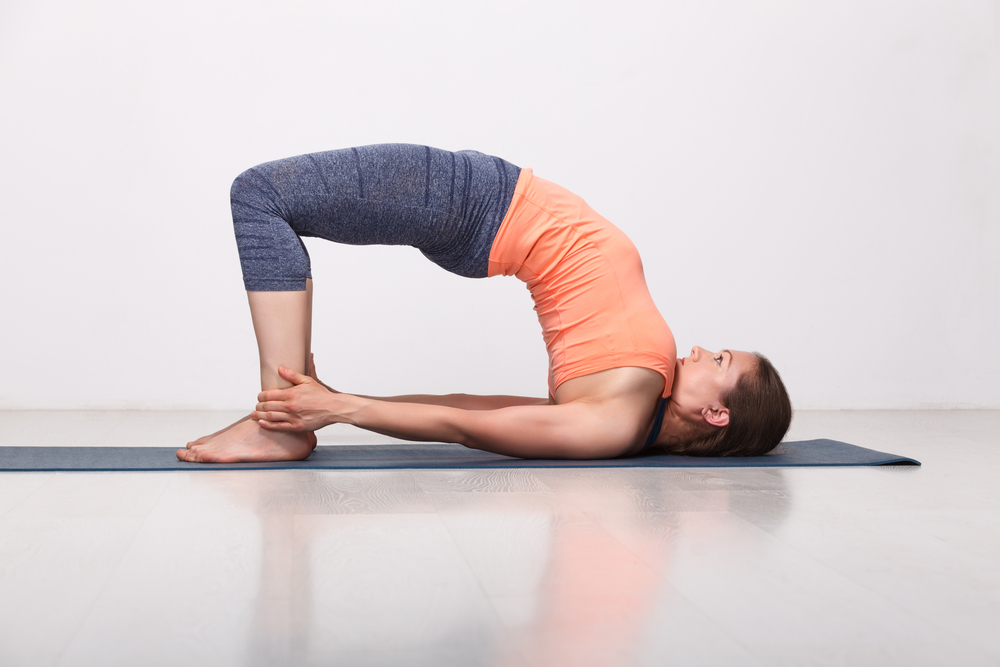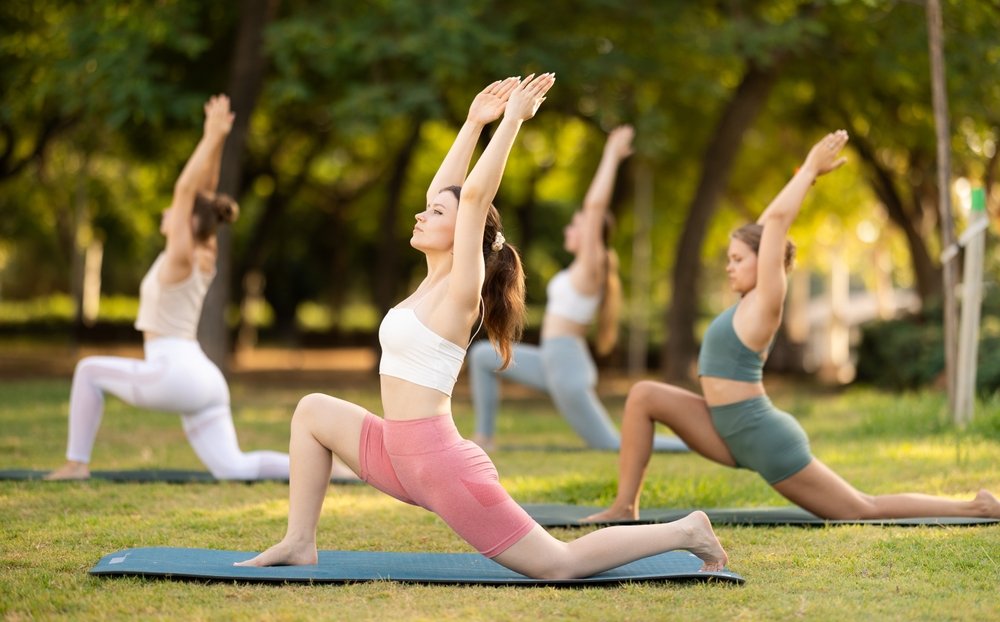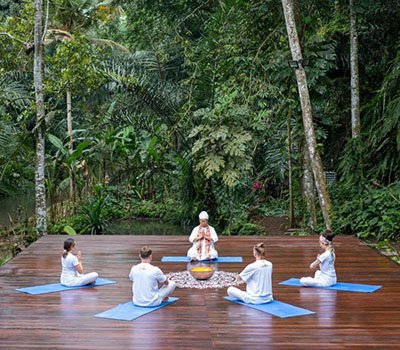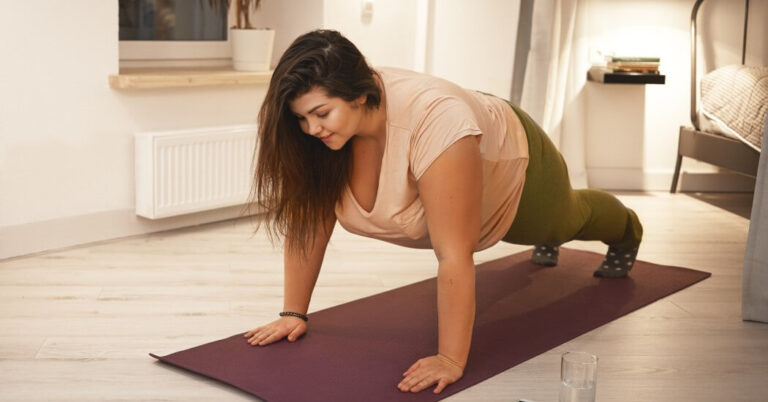Flow with Your Cycle: The Ultimate Guide to Yoga and Female Health, Menstrual Balance and Fertility Support.
Hey lovely yogis!
And we are so excited that you are here today to talk more about the meat of the matter and one of the most potent and intimate processes in women’s lives, the feminine cycle. From the time when women are as young and energetic as menarche all the way to the point when they are as old and wise as menopause, our bodies constantly are in a complicated and exquisite ballet of hormones and energy. This dance is smooth and harmonious; sometimes, it is an all-out battle. Hello, cramps and mood swings!
As longtime teachers and as people who highly appreciate the power of self-care, we would like to tell how yoga, our ancient and loving practice, can be the invaluable tool for discovering true women’s health, true menstrual balance, and tender, tangible fertility support.
This is not a matter of bending and stretching but deep self-listening, reducing stress, and creating a supportive inner world. Now we will roll out our mats and jump into the process of actually being in sync with our inner rhythm.
The Foundation: The Cyclical Wisdom of Your Body.
We have to change our mindset in order to employ yoga. And do not think of your cycle anymore as something that inconveniences you monthly, but as the vital sign of your body, your body’s report card. The menstrual cycle is a complex system of communication in your body. When everything is going well, you must feel rejuvenated and calm. When they do not, it is usually an indicator of stress or hormonal imbalance underlying the irregularities, intense PMS, debilitating pain, or conception difficulty.
The good news? Specifically, yoga therapy among women is tailored to ensure that these imbalances are corrected by ensuring that the nervous system is calmly regulated and circulation is improved in the whole reproductive health system.
Chapter 1: Yoga to balance the menstrual cycle (the relief and regulation phase).
Once that monthly ebb tide comes, be it the irritability before that period or the heavy bleeding, your practice must change. Core-work-heavy high-intensity practices may be too exhausting or even reduce cramping. Here the accent is on restorative yoga and poses that open up the pelvis and relax the mind.

Also Read: The Science of Auras and How Yoga Affects Your Energetic Field
Important Poses and Techniques to Reduce Symptoms:
| Pose Name | Sanskrit Name | Benefit for Menstruation | How to Practice | |
| Bound Angle Pose | Baddha Konasana | eases cramps and releases tension in the pelvic floor and inner thighs. | Sit with your knees spread wide and the soles of your feet together. Stay upright or softly fold forward. | |
| Child’s Pose | Balasana | Extremely relaxing; eases stomach and lower back pain. | The chest is supported by a bolster or the floor, while the knees are either wide or together. Arms can be rested by your sides or extended. | |
| Reclined Goddess Pose | Supta Baddha Konasana | Excellent for complete relaxation; allows blood flow without strain and opens the hips. | While lying on your back, spread your legs apart and bring the soles of your feet together. If necessary, use pillows to support the knees. | |
| Supine Spinal Twist | Supta Matsyendrasana | Relieves tension in the lower back and abdomen while gently massaging the interior organs. | Hug one knee to your chest while lying on your back, then gently move it across your body to twist it gently. |
Power of Breath (Women’s Health Pranayama):
You can use Nadi Shodhana (Alternate Nostril Breathing) during your time. It is phenomenal, as it balances the right and left hemispheres of the brain, thus stabilizing the hormonal balance and emotional fluctuations. It is a very easy and effective PMS symptom management tool.
A Caution: It is traditionally considered a bad idea to practice a strong inversion (such as a headstand or handstand) during heavy menstruation. It is to permit the natural downwind (Apana Vayu) to occur freely. Use milder inversions, such as Legs-Up-The-Wall (another chapter), in case one needed that calming effect.
Chapter 2: Yoga to Help You Conceive (Cultivate a Nurturing Space)

Also Read: The Benefits of Joining a Yoga Teacher Training Program in Bali
The pregnancy process, be it trying to conceive or going through such procedures as IVF, can be said to be characterized by a heightened emotional fluctuation and a great deal of stress. It is important to note that the stress hormones (such as cortisol) may disrupt the reproductive hormones, which may complicate the production of ovulation and conception. Stress is the main focus of yoga to get pregnant.
In Fertility Yoga, there are three major strategies:
- Lessen Stress and Cortisol: This is the most important role of yoga. Exploring depth and focus in breathing and healing yoga postures helps remind your body that it is safe, placing you in the fight-or-flight mode and transitioning to rest-and-digest.
- Stimulate the Pelvic Blood Circulation: Light hip openers and poses with support are necessary to keep the uterus, ovaries, and fallopian tubes in the flow of free-flowing, unobstructed, oxygenated blood to maintain a healthy implantation.
- Increase Connection with the Body: You have to make yourself present by thinking of breathing in the pelvic region; this will help you feel grounded and less anxious and more connected to the body that you are attempting to conceive in.
Important Poses in Pregnancy and Childbearing:
- Legs-Up-the-Wall Pose (Viparita Karani): The final supported pose. It relaxes the nervous system, soothes tired legs, and evenly spreads circulation to the pelvis. It is a standard in the reduction of stress.
- Bridge Pose (Setu Bandhasana): This is a light inversion that raises the hips, which stimulates the thyroid (hormone hot spot) and increases blood circulation to the reproductive organs. mild, with a block beneath the sacrum.
- Cat-Cow Flow (Marjaryasana-Bitilasana): This is a light and rhythmic exercise that rubs the organs of the abdomen, relieves the lower back, and enhances the flexibility of the spine, remaining stationary on hands and knees.
- Cobra Pose (Bhujangasana—low cobra): This is a mild backbend that assists in straightening the stomach and chest to provide an improved posture and arouses the pelvic region. Deep backbends should be avoided at the time of the implantation window.
- Mindful Movement: With fertility yoga, one should move slowly, intentionally, and with a lot of self-compassion. This is not meant to reach the ideal pose but to produce a feeling of profound comfort and contentment.
Chapter 3: Beyond the Asana: The Holistic Way to the Best Women’s Health.

Also Read: Sattvic Foods for Mental Clarity: A Practical Guide
To really tap the potentials of yoga for your health, you need to incorporate the philosophical teachings of yoga in your day-to-day lives. It is not 60 minutes on the mat that is optimal for women’s health but the product of daily decisions.
- Meditation and Mindfulness: It can reprogram your reaction to stress even in five minutes of sitting there. Combine it with a mantra or image that proves the health and strength of your body.
- Diet and Hydration: Healthy hormones are based on a careful diet that is full of nutrient-dense whole food. Imagine that you have fuel in your endocrine system in the form of your food.
- Self-Compassion (Ahimsa): Be non-harmful with yourself. This includes saying no to the promises and obligations when you need some rest, soft rather than hard exercises when you are tired, and not listening to that voice inside your head. This is possibly the deepest yoga practice.
- Tribe: Find a tribe of other women, either by attending a special fertility yoga course or by asking friends to be part of it. Getting your story out there makes you feel less alone, and it is like therapy.
Your Journey, Your Pace
Dear all women, keep in mind that it is time-consuming to heal and balance. When you might be in distress over chronic hormonal imbalance, extreme PMS, or a long fertility process, then yoga should be regarded as a significant addition to your medical regimen, rather than an alternative to medical opinion. As you take small steps forward, Maa Shakti Yog Bali can be part of your practice, offering guidance whenever you need it.
Begin with simple steps: perhaps with 15 minutes of restorative yoga at night. Pay attention to what your body is saying to you—it knows what it requires. If you feel drawn to go deeper and support others with this wisdom too, then our 200-hour Yoga Teacher Training in Bali offers the perfect next step. Be gentle, be patient, and continue to stand up for yourself. The mat is ready to provide you with strength, comfort, and balance.
What tiny action can you do today to respect your lovely, powerful, cyclical body? Let us know what you think below!






